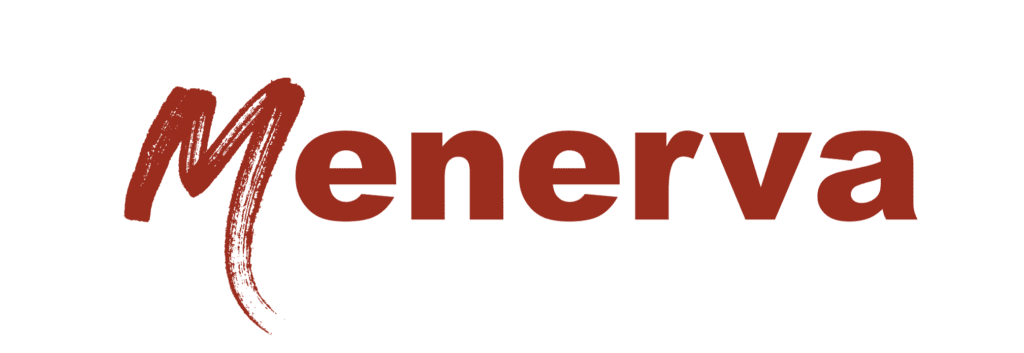Website Redesign Checklist with SEO at the Forefront
Embarking on a website redesign is a significant decision that can profoundly affect your site’s performance, user experience, increased conversions, and search engine rankings, to name a few. While the prospect of a fresh, new website is exciting, proceeding with thoughtful and strategic foresight is essential. Before diving into your redesign process, consider these critical questions and be aware of potential issues that can impact SEO and overall site effectiveness.
Critical Questions to Consider
- What are the redesign’s main goals? Identifying clear objectives, whether improving user experience, updating the brand image, or enhancing site functionality, guides the redesign process and ensures alignment with business goals.
- How is the current site performing? Understanding your existing site’s strengths and weaknesses, through user and search engine perspectives, is crucial. This knowledge will help you make informed decisions during the redesign, such as what pages you should prioritize based on performance and which you can redirect.
- Who is the target audience? Thoroughly understanding your audience’s needs and behaviors ensures the redesign meets their expectations and improves engagement.
- How will the redesign affect current SEO standings? Considering the impact of changes on your site’s search engine visibility from the start can prevent potential losses in traffic and rankings.
Potential Issues That Can Arise
If not carefully managed, website redesign can bring many issues that can significantly impact your site’s SEO, user experience, and overall performance. Addressing these concerns ensures that the redesign not only meets aesthetic and functional goals but also aligns with strategic business objectives, preserving the site’s search rankings and visibility. As you consider the potential issues listed below, remember the goal of a redesign is to enhance rather than compromise the digital footprint of the business.
- Content Removal: You might inadvertently remove vital content that drives traffic and rankings, decreasing search visibility.
- Content Changes: Updating existing content can impact keyword rankings if not carefully optimized.
- Content and Hierarchy Movement: Changes in the site’s structure can affect how search engines understand and prioritize content, potentially diluting its effectiveness.
- URL Changes: Modifying URL structures without proper redirects can lead to broken links, lost backlink value, and decreased rankings.
- Page-Level Optimization Changes: Alterations in title tags, meta descriptions, and headers can affect page optimization and search rankings.
- New Content and Sections: While adding fresh content can be beneficial, it needs to be strategically integrated and optimized for search engines.
- Technology and Feature Updates: Implementing new technologies or features, such as AMP or dynamic content, may introduce new SEO challenges.
- Technical Issues: New designs can bring about technical problems that hinder search engine crawlers, affecting site indexing and visibility.
- Internal Link Structure Changes: Modifying the internal linking strategy can impact site authority distribution and user navigation.
- Domain, Subdomain, and Protocol Changes: Changes to the domain name, subdomain, or switch from HTTP to HTTPS need careful management to preserve SEO value.
Understanding these potential issues and questions sets the stage for a successful website redesign that not only looks great but also performs well in search engines, ensuring that your digital presence effectively engages your target audience and continues to grow.
Checklist
With this context in mind, let’s delve into a comprehensive checklist to help you navigate the complexities of a website redesign, ensuring SEO considerations are at the forefront of your strategy for a seamless transition and enhanced online visibility.
Define Your Objectives with SEO in Mind
Start with clear objectives that include SEO goals. Whether it’s improving organic search rankings, increasing organic traffic, or enhancing site authority, your goals should guide the redesign strategy, ensuring SEO is woven into the fabric of your new site.
Set Performance Benchmarks
Before making changes, record current SEO performance metrics (e.g., organic traffic, keyword rankings, conversion rates) to understand the impact of the redesign.
Crawl and Map Your Website/Audit Existing Content
Use tools like Screaming Frog or Semrush to crawl your website, identifying existing content, site structure, and any current SEO issues. This audit will help preserve or improve SEO elements during the redesign.
Backup Live Site and Set Up Staging
Ensure you have a complete backup of your website before starting. Then, set up a staging environment for the redesign. This allows for testing without affecting the live site’s current SEO performance.
Prioritize SEO Best Practices in Site Structure
Your site’s architecture impacts both user experience and search engine crawlability. Use SEO-friendly URLs, optimize site navigation, and ensure a logical information hierarchy. Ensure the hierarchy makes sense for search engines, with a clear navigation path for both users and crawlers.
Ensure Mobile-Friendliness and Responsive Design
Google’s mobile-first indexing makes mobile responsiveness non-negotiable. A redesign must prioritize a responsive design that offers an optimal viewing experience across all devices, directly influencing your site’s SEO performance.
Optimize Page Speed for SEO
Page speed is a critical factor for SEO and user experience. Optimize images, leverage caching, and minify code to enhance loading times. Faster sites rank better and provide a more pleasant user experience, reducing bounce rates.
Optimize Content While Keeping SEO in Mind
Maintain keyword optimization and update content as needed, but be careful not to dilute keyword relevance. Ensure to optimize new content additions for target keywords.
Incorporate Technical SEO Elements
As part of your redesign, include technical SEO elements such as meta tags, image alt text, and proper use of header tags so that search engines can effectively understand and rank your content.
Plan for Redirects and URL Structure
Avoid it if possible, but if URL structures must change, plan redirects carefully to preserve link equity and prevent 404 errors. Use 301 redirects to guide search engines and users to the new pages, ensuring a smooth transition and maintaining your SEO standing.
Update/Create XML Sitemap
Post-redesign, ensure you have an updated XML sitemap ready to submit to search engines so they can quickly find and index your new or updated pages.
Launch and Monitor SEO Performance
Once the redesign is complete and thoroughly tested in the staging environment, go live. Ensure monitoring tools are in place to catch any immediate issues. After launch, closely monitor your site’s SEO performance. Use tools like Google Analytics and Google Search Console to monitor traffic, rankings, and engagement. Be prepared to make adjustments as needed to improve SEO outcomes.
Audit Site for Errors and Test
Post-launch, conduct a comprehensive site audit to identify errors or issues such as broken links, missing titles, or poor mobile performance that could impact SEO. Test CTAs, directs, etc., to ensure all are working properly.
SEO is an ongoing process that doesn’t stop at redesign. Regularly review your site’s performance, update content, and refine your SEO strategy to adapt to search engine algorithm changes and evolving user behaviors. Continuously monitor your keywords and overall site rankings. Compare against your benchmarks to gauge the impact and identify areas for further optimization.
Partner with Menerva for Your SEO-Driven Website Redesign
At Menerva Digital, we infuse creative design into our award-winning enterprise SEO strategies to ensure your website redesign captivates your audience and dominates search rankings. Our holistic approach considers every aspect of SEO, from keyword research to technical optimization, positioning your new website is set up for success.
Embarking on a website redesign with SEO at the helm is a journey to greater visibility and engagement. Let Menerva be your guide, leveraging our expertise to transform your website into a powerful, search-optimized digital presence. Contact us today to elevate your site beyond the ordinary into the extraordinary.





